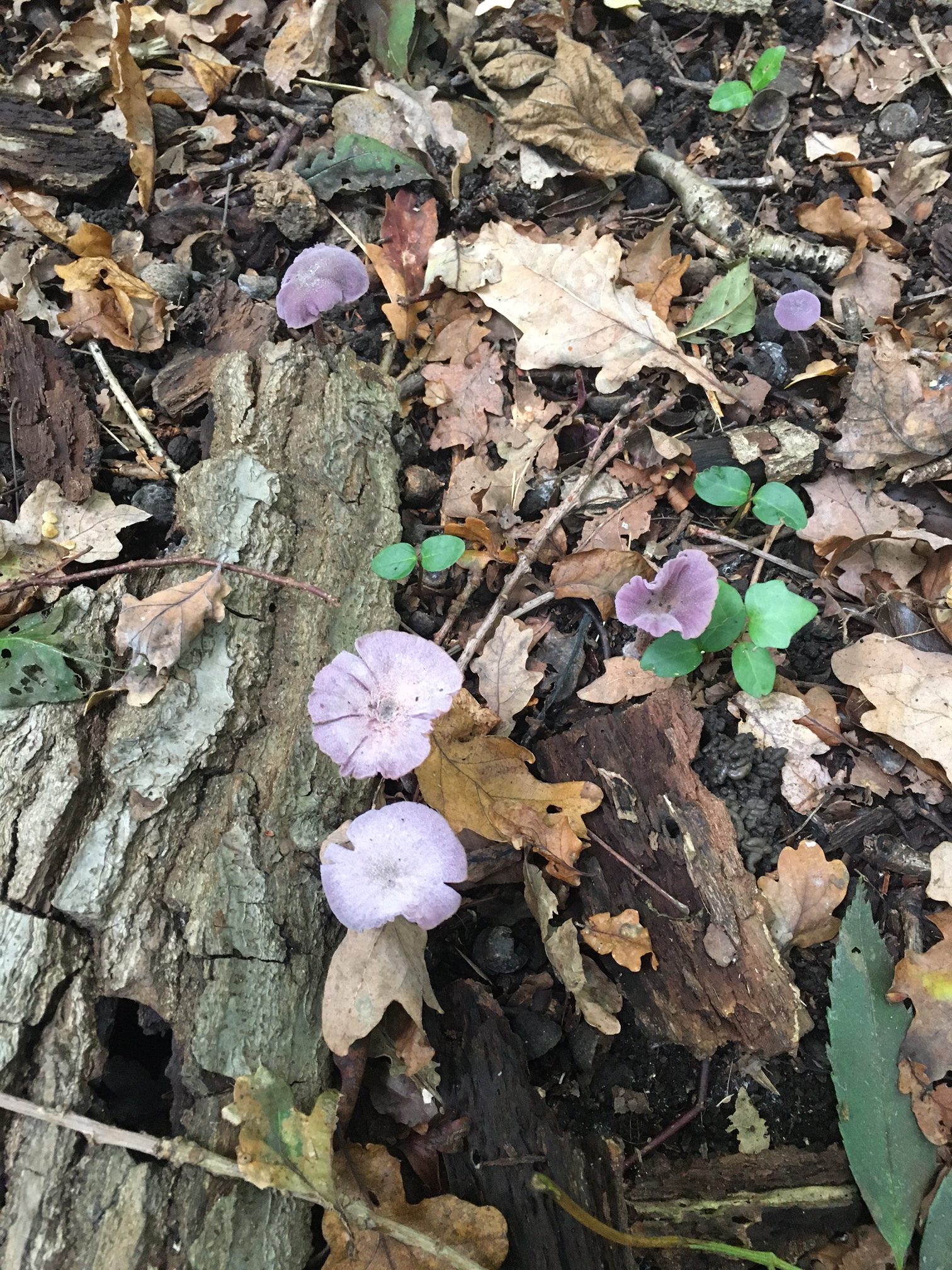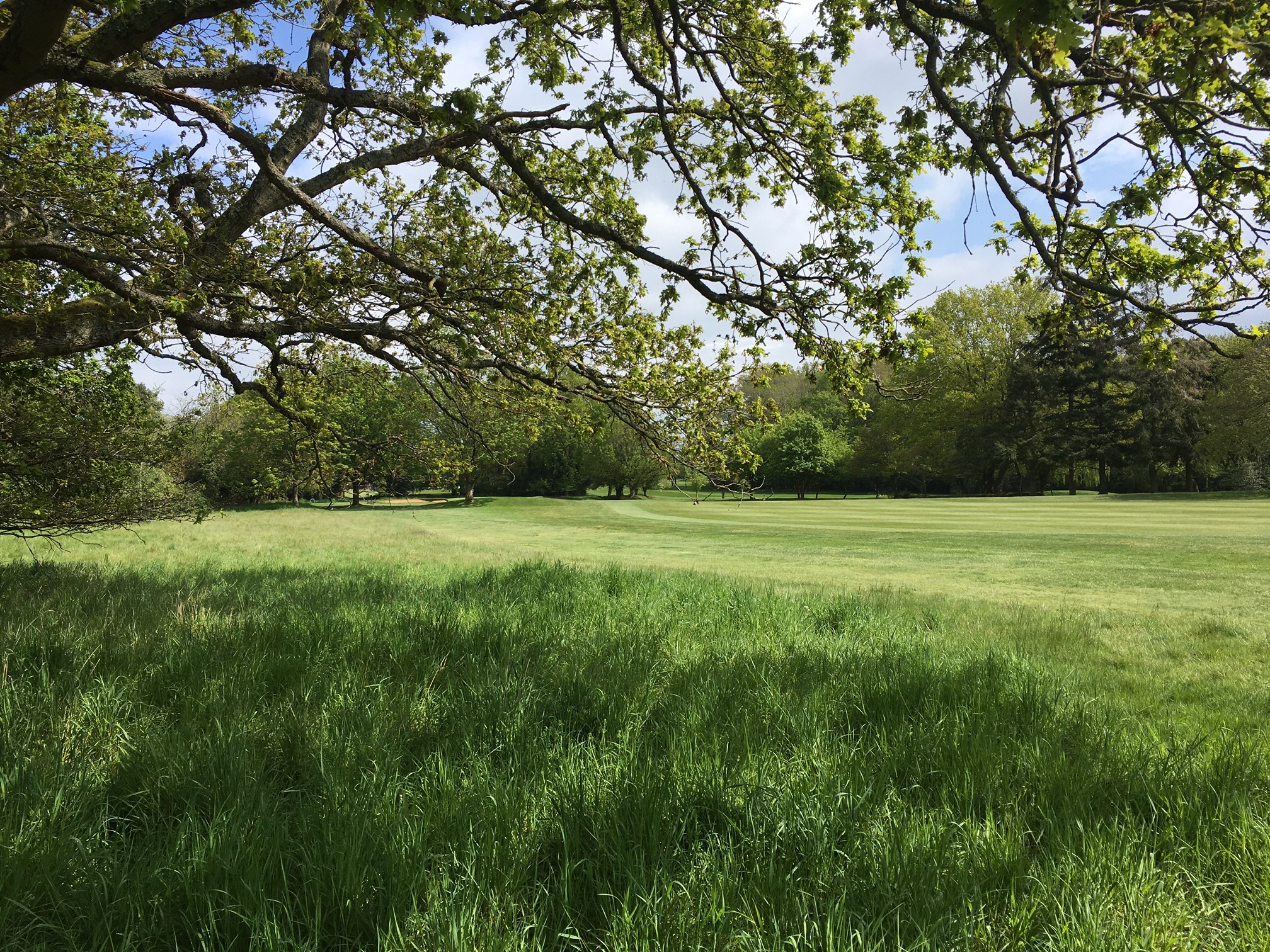
8 reasons why the golf course should stay protected greenspace
Editor
- 4
- 336

Eight reasons why the golf course should remain protected green belt land
- Green Lung – this 132-acre area of green belt land is a vital green lung for our town, improving air quality and absorbing fine particulate matter from local roads. Local air quality already fails to meet UK Government air quality objectives. The local Conservative Party promised to ‘resist green belt release’ in its 2019 manifesto. Now they are saying they have to take the golf course green belt to save the rest of it, and they are using out of date housing need figures to justify it.
- Biodiversity – the golf course is rich in wildlife, including many protected and threatened species like slow worms, bats, hedgehogs, kestrels and red kites. Britain is one of the most nature depleted countries in the world with one in seven species facing extinction (1), so it’s vital we protect remaining habitats.
- We are in a Climate Crisis – the golf course is home to thousands of mature trees, providing shade and absorbing carbon dioxide – vital tools for helping us to mitigate against the worst effects of climate change. In its own Environment & Climate Strategy (2), our council says: ‘The role of the natural environment in creating great places is critical to the success of the borough economy and to our residents’ health and wellbeing, therefore it is important we take steps to protect it. In addition to their intrinsic value, wildlife and ecosystems provide essential services on which we all depend; clean air and water, crop production through soil formation and pollination services, pest control, essential human health services and climate regulation.’
- We don’t need so many homes – our council is justifying destroying our greenspace by using out-of-date figures for housing need. They are using Objectively Assessed Need (OAN) figures released in 2012. But OAN assessments based on 2018 figures, reduced the need for our borough by half, down to 6,382 (3). We’ve already got over 6,000 new homes, and any new affordable homes should be built sustainably on brownfield sites. And although the BLP shows the need for 14,240 new dwellings (using 2012 housing need figures), the Housing Supply table in the latest (modified) version of the BLP shows an actual projected provision of 15,948. This would be an oversupply of 1,708 more dwellings than the original, already inflated, figure – that’s nearly all the homes they are planning for the golf course and it’s 249% of the 2018 objectively assessed need!
- History – in 1953 the mayor, Cllr T.A. Stuchberry bought the golf club land ‘To prevent this land falling into the hands of those less concerned about its future than local people’. The land was then offered to the council, who took the same view that this land was scheduled as open space, and that public ownership was the best way of ensuring that it remained an open space.
- Water storage & flooding – according to our council’s own Climate Strategy (2), ‘the Thames Valley region is classed as seriously water stressed’. Will there be an adequate water supply for the growing number of Maidenhead residents? Also during times of heavy rainfall, the golf course soaks up large amounts of water. Our town centre will be more exposed to flood risk if this land is developed.
- We’ve already lost greenspace – around a third of Braywick Park’s green space has been developed in the last five years and other pockets of greenspace across our town have been swallowed up by development. It’s vital the greenspace of the golf course is protected to ensure our town remains an attractive and healthy place to live. And there are plenty of brownfield sites to focus any necessary development. A recent report by CPRE found that previously developed land could accommodate over 1.3 million new homes (4)
- Buying the golf club out is a bad deal – our council is spending close to £16million to force the golf club out of its lease. This is a very bad deal for the people of Maidenhead. We are spending £16million to remove a viable council tenant, and we are losing our precious greenspace at the same time. The council argues it needs the money from the sale of the golf course to pay off its debts, but this is a short term strategy which will damage our environment. If we don’t have a good environment, we won’t have a strong local economy and our children will ultimately pay the price.
References
1. State of Nature 2016 report https://www.rspb.org.uk/globalassets/downloads/documents/conservation-projects/state-of-nature/state-of-nature-uk-report-2016.pdf
2. ‘Royal Borough of Windsor and Maidenhead Environment and Climate Strategy 2020-2025’ https://www.rbwm.gov.uk/media/2288/download
3. Planning Inspector’s documents, 2018 Household Projections Letter July 2020 ID-15 https://www.rbwm.gov.uk/home/planning/planning-policy/emerging-plans-and-policies/draft-borough-local-plan/examination-local-plan/inspectors-documents
4. https://www.cpre.org.uk/news/new-research-shows-recycled-brownfield-land-being-ignored/



The facts and figures on your website confirm what we all think, RBWM are only interested in the enormous amount of money they will make if allowed to succeed with developing MGCourse. They have their heads in the sand and will not do the right thing regarding climate change.
Theresa May from what I have been told will not support us, the people who voted for her, so we know what to do at the next General Election. The same applies the the local councillors who are against us. I firmly believe our best course of action is to make central government aware our predicament and stop RBWM from steamrollering the BLP through. The Inspector still has an opinion on this. Ed Miliband has just been appointed Shadow Minister for Climate Change, why not try to get him on board.
Great idea – thanks Dudley. Please could you write to Ed Miliband for us?